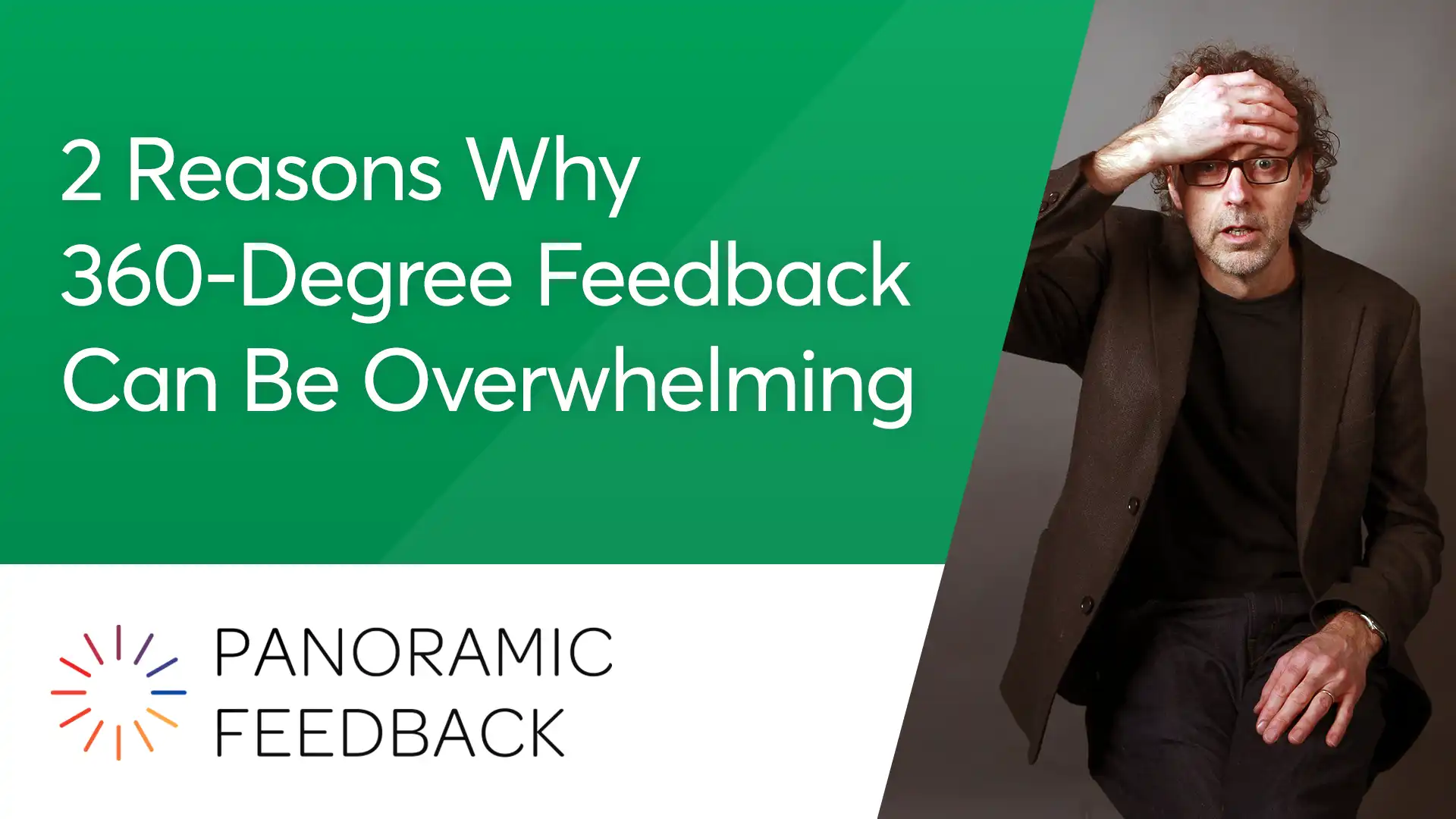360-degree feedback can be a powerful tool for professional growth — when done right. However, these two common mistakes can diminish its effectiveness, leaving employees confused and overwhelmed rather than empowered.
1. Long Questionnaires
Customizable 360-degree feedback platforms like Panoramic Feedback offer flexibility in designing custom questionnaires of any length. While it’s tempting to pack in as many competencies and questions as possible to capture a comprehensive picture, excessively long surveys come with significant drawbacks:
- Responder fatigue: Lengthy questionnaires can lead to disengagement, reducing the quality and accuracy of responses. Respondents may rush through the questions or provide generic answers just to complete the assessment.
- Lack of specificity: Too much feedback can dilute key insights, making it difficult for recipients to identify clear areas for improvement.
- Data overload without actionable insights: More data doesn’t always mean better results. If feedback is too broad or unfocused, employees may struggle to translate it into meaningful action.
Best Practice: Keep assessments concise and focused on the most critical competencies. Short, regular check-ins are often more effective than a single, exhaustive survey once a year.
2. High Volume of Assessments Conducted Simultaneously
The effectiveness of a 360-degree feedback process can diminish when too many assessments are conducted at once:
- Logistical overload: Large-scale assessments can overwhelm HR teams and feedback coordinators, making the process cumbersome and unproductive.
- Feedback fatigue: Employees invited to assess multiple colleagues in a short timeframe may become overwhelmed, leading to rushed or superficial responses.
- Reduced engagement: When feedback becomes a burden rather than a meaningful exercise, participants may disengage from the process altogether.
Best Practice: Instead of assessing all employees at once, consider staggering assessments by department, role, or tenure. Spreading feedback cycles throughout the year ensures a more manageable and effective process.
Maximize the benefits of 360-degree feedback
To maximize the benefits of 360-degree feedback, organizations must strike the right balance — keeping assessments focused, managing the volume effectively, and ensuring feedback remains actionable.


